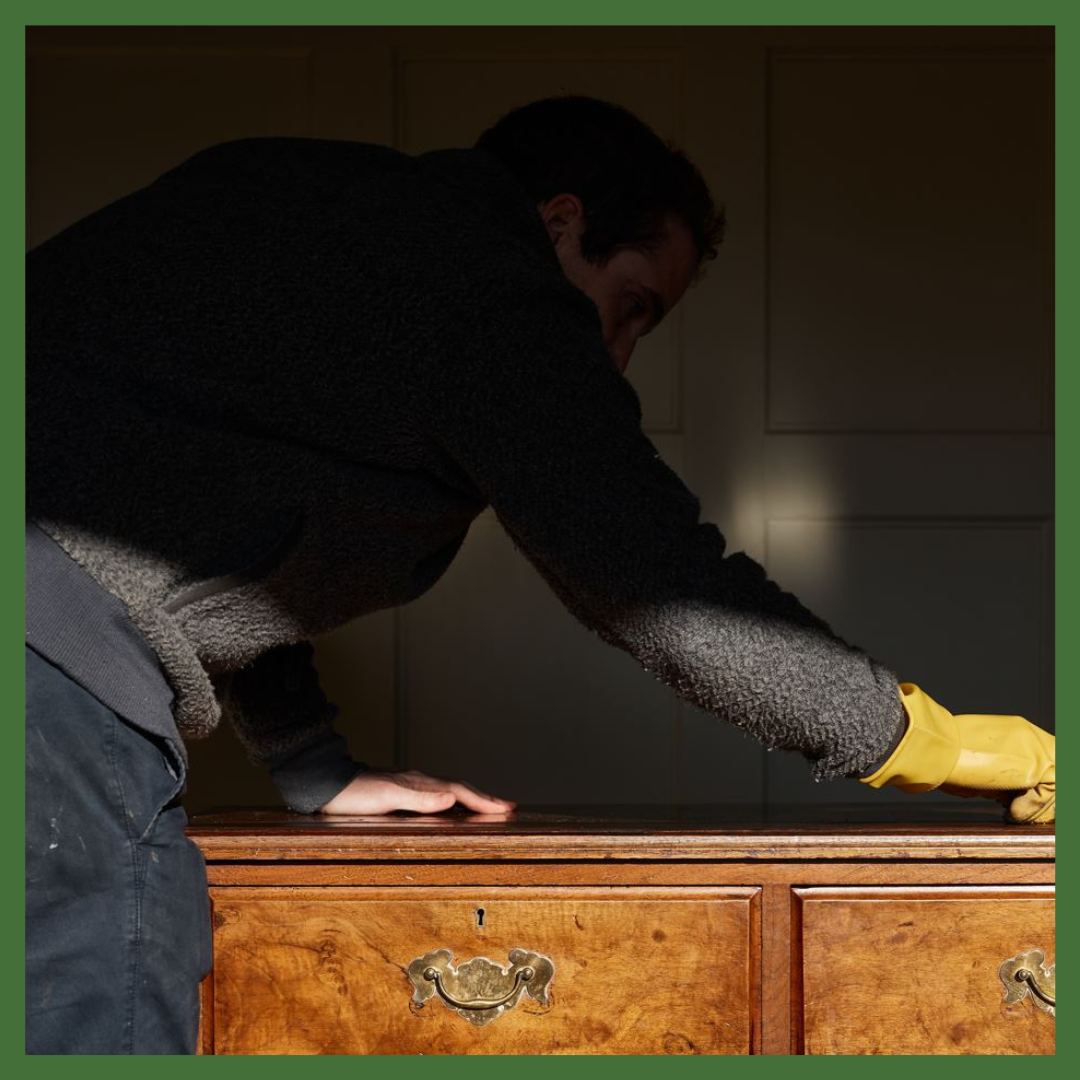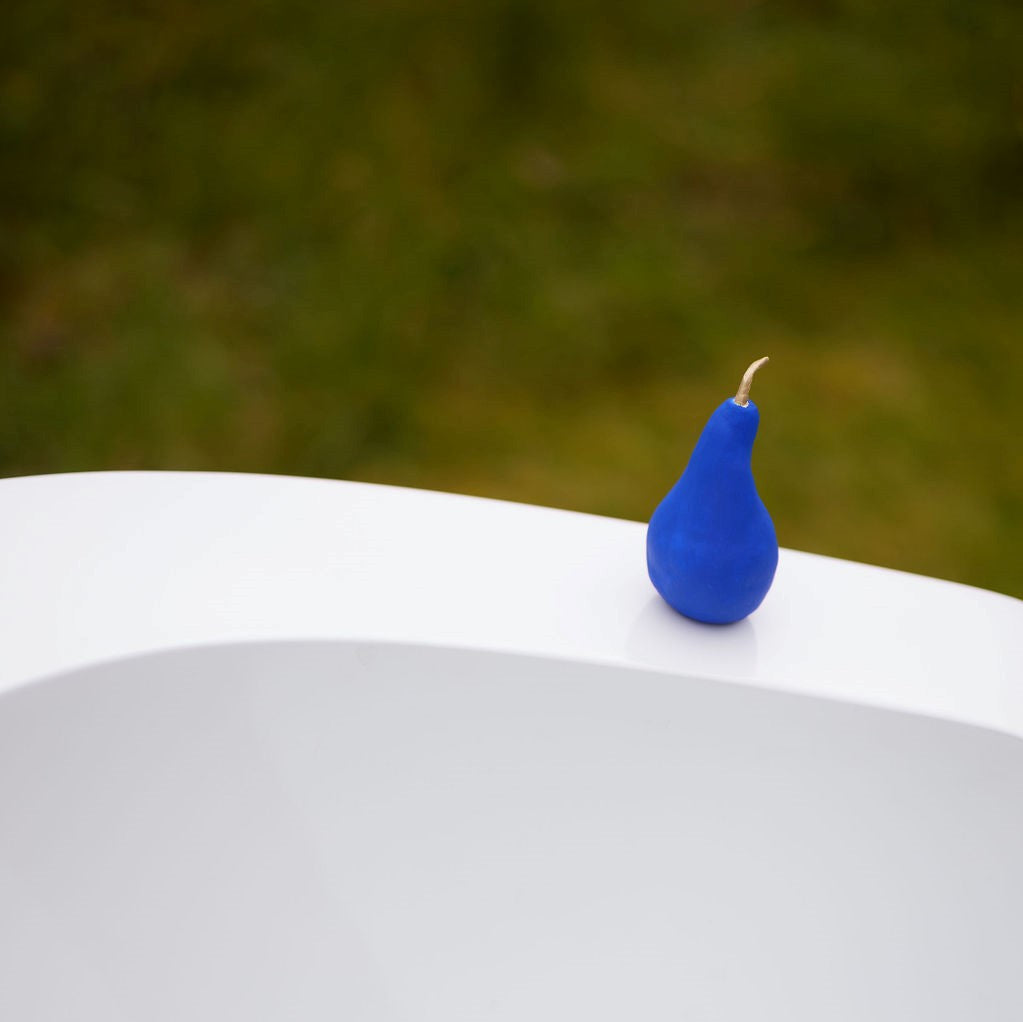
Restoration reflections - The perfect imperfect

One of the most satisfying aspects of the art of restoration is the endless learning that must accompany it.
Techniques and methodologies are studied, adapted and refined, and our understanding of how materials can and will respond to various methods of restoration deepens with each piece that comes through our workshop.
We have learnt to approach every new item with comprehensive consideration as to what it really needs. Does it have obvious structural issues, or decorative defects? The treatment of these is often fairly straight forward; a joint can be mended, an ill-running drawer corrected or new veneer spliced in. But what of those imperfections which are less visible, or even more subjective to start with?
A foremost attraction of antique and vintage furniture is its enduring character, unique design and connection with the past. There is a danger therefore of restoration which excessively interferes with these qualities. We are not aiming for a perfect finish; more the perfect imperfect. Patience must be applied in order to find the optimum balance of repair and conservation. The preservation of originality and personality often leads to furniture which wears signs of previous life well, and which can therefore be easily lived with going forward, without fear of doing too much harm in the living of daily life.
As with many other types of restoration – such as those within the fields of art, architecture etc – we feel that the greatest successes are those whose restoration is not immediately obvious, perhaps near invisible; a painting, house, piece of furniture which simply looks ‘right’ and as it always has been.




